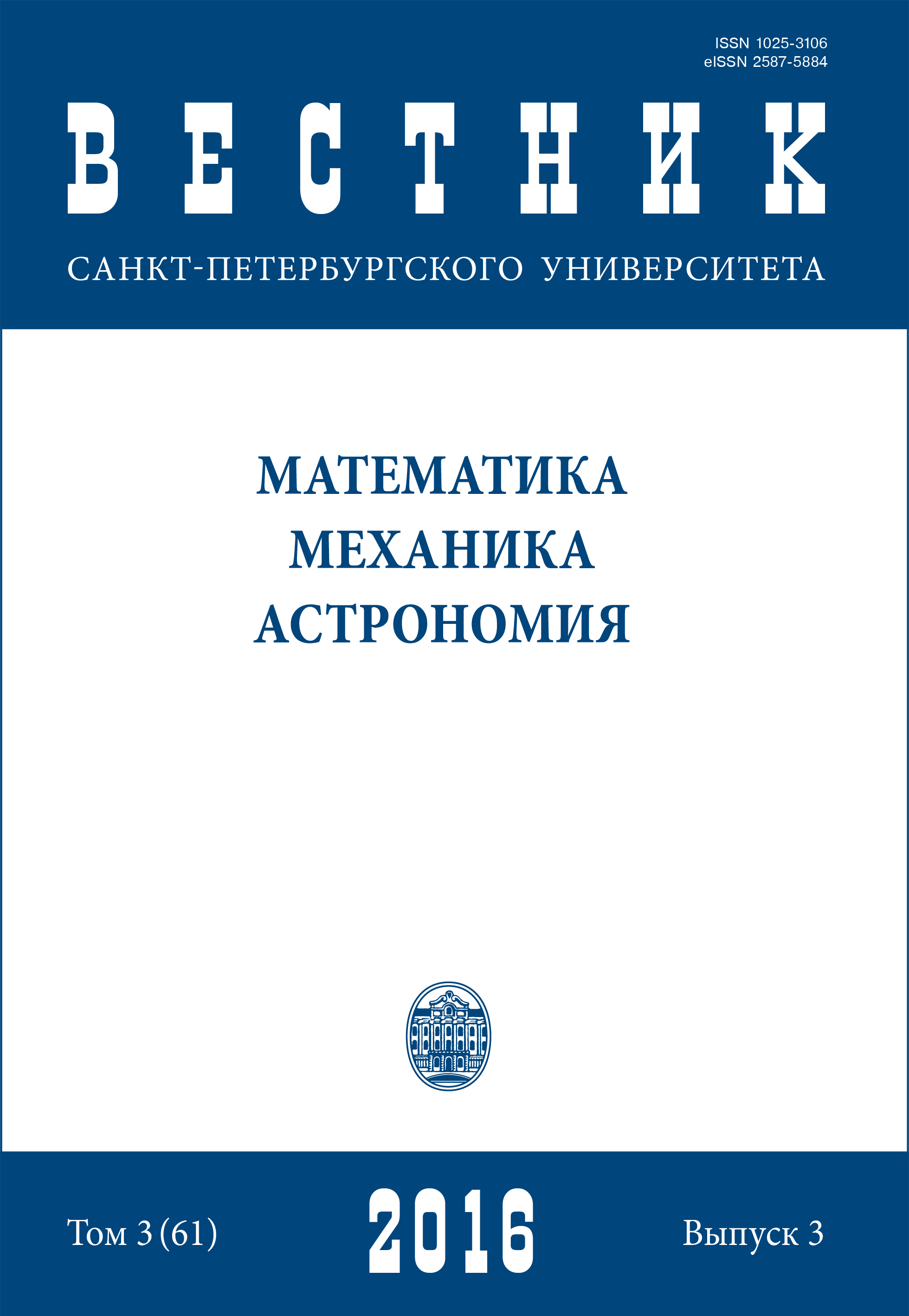On the application of genetic algorithms and gradient methods for problem of initial stress field reconstruction in poroelastic inhomogeneous column
Abstract
Наличие полей предварительных напряжений в пористых структурах играет важную роль в процессе деформирования. Для достаточно точного описания динамического поведения пористой среды с учетом предварительных напряжений требуется соответствующая математическая модель. Одним из методов построения модели колебаний среды с учетом начального состояния является метод линеаризации. В представляемой статье построены уравнения продольных колебаний пороупругого неоднородного тела при наличии поля предварительных напряжений. Проанализировано влияние уровня предварительных напряжений и модуля Био на динамическое поведение среды. Изучена задача о восстановлении поля предварительных напряжений для пороупругой неоднородной колонны на основе генетического алгоритма и метода нелинейной оптимизации с применением современных пакетов численного моделирования. Проведен ряд численных экспериментов по реконструкции различных законов распределения поля предварительных напряжений описанными методами. Библиогр. 12 назв. Ил. 3.
Downloads
References
Downloads
Published
How to Cite
Issue
Section
License
Articles of "Vestnik of Saint Petersburg University. Mathematics. Mechanics. Astronomy" are open access distributed under the terms of the License Agreement with Saint Petersburg State University, which permits to the authors unrestricted distribution and self-archiving free of charge.




